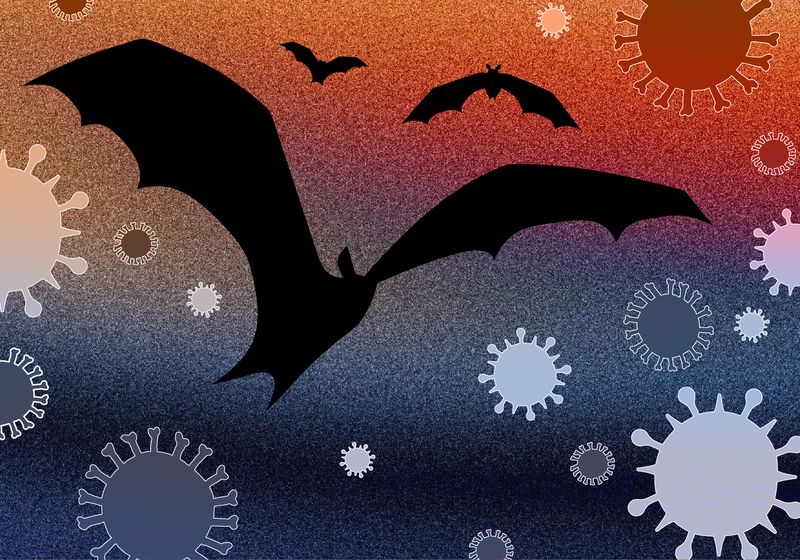Bats, often seen hanging in dark caves or swarming at dusk, are one of the most iconic Halloween symbols. These creatures of the night are vital to ecosystems as they control insect populations and pollinate plants. However, they can harbor viruses without falling ill; this cannot be said of those they infect.
Raina Plowright investigates the dynamics of viral pathogens in bats and how to prevent pathogen spillover to other species.
Kelly Gorham
Nearly two decades ago, Raina Plowright, now a disease ecologist at Cornell University, traveled to a remote part of Australia’s Northern Territory to study the Hendra virus in bats, which is carried by flying foxes. The virus first emerged in 1994 and killed 20 horses at a racing stable. Their trainer died and a stable assistant became ill but recovered. This motivated Plowright to further explore how these viral pathogens circulate in nature, how they are affected by ecological factors like habitat loss and climate change, and how spillovers occur in human populations.1,2
“Bats are really like canaries or sentinel species, because they’re quite sensitive to environmental change,” said Plowright. “So, we should be really paying attention to them.”
In 2016, Plowright and her collaborators launched Bat One Health, a research consortium focused on highly pathogenic viruses in bats, including Hendra, Nipah, and coronaviruses. Their work aims to understand the biological mechanisms behind spillover events to help develop prevention strategies.
While environmental stressors can increase Hendra virus shedding, Plowright remarked that coronaviruses behave differently. Recently, Plowright and her team examined coronaviruses shed in more than 2,500 bat fecal samples.3 Viral genetic testing revealed that juvenile bats, which no longer had maternal immunity, were more likely to be coinfected with multiple strains. “[They] are probably generating more diversity of the virus within bat populations.” While these particular viruses do not affect humans, the data demonstrated that teen bats are hotspots for viral evolution, suggesting that this age group may play a key role in the emergence of new viral strains.
Other insights generated by the efforts of Bat One Health include preventative measures such as replenishing the bats’ loss of habitat, vaccinating horses for Hendra virus, and strategies to avoid cross-contamination between bats and human food sources (covering date palm sap pots from hungry bats). While there are varying levels tacking the threat of viral spillovers, Plowright is optimistic that this collaborative work will help researchers to better predict, prevent, and manage future risks.

